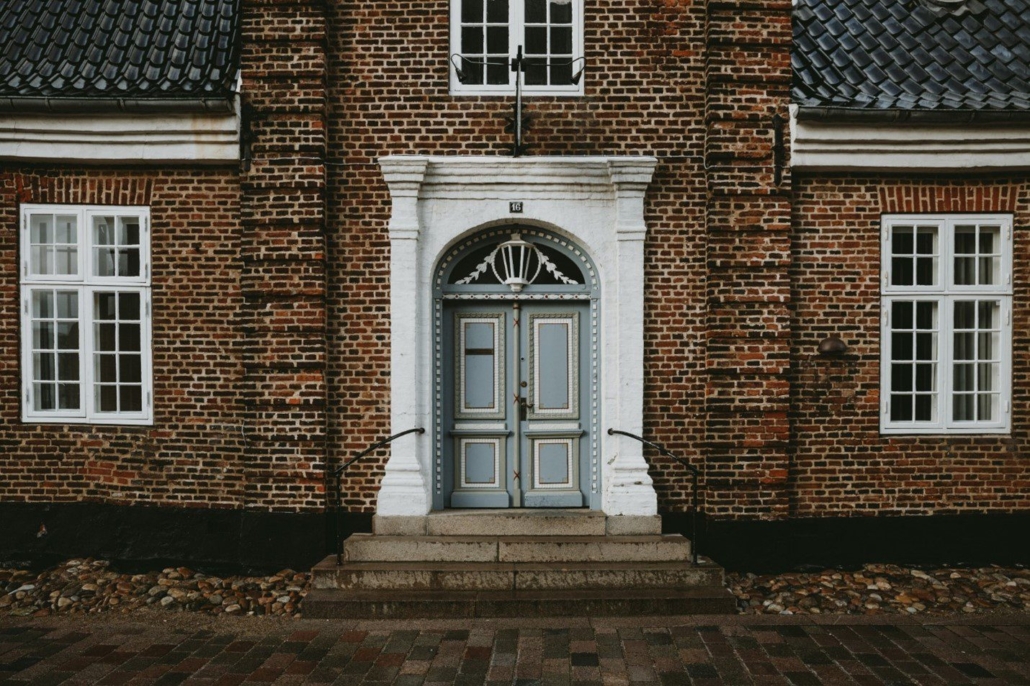Celebrating Burns night with a haggis pancake is mall the rage
January 24, 2022A Step by Step Guide for Publishing a Children’s Book
January 25, 2022
Take a look around your town and notice that nearly all structures have been constructed with some element of masonry. Masonry is the construction method utilizing cement mortar to bind bricks, cinder blocks, or stones together. If a structure has bricks or stones as part of the construction, you are seeing the results of masonry.
At times, entire buildings are constructed with masonry. However, most modern structures use a variety of materials when built. Exterior facades are often made with masonry as they typically have a more attractive appearance than modern materials.
Chimneys and walkways are common elements made with masonry. While masonry is very durable, it does experience wear and tears much like other materials. If you notice your building’s masonry showing signs of age, it may be time to have it repaired or restored.
Signs of masonry needing repair are noticeable cracks or chips in the bricks, crumbling mortar, or indications of moisture intrusion via discoloration. Your masonry will likely require repair if you notice any of these signs.
Masonry can be repaired by patching and plugging gaps or cracks in the mortar. If any mortar or bricks have lost structural integrity, these can be removed and replaced. Masonry repair can also repair any damaged stones by patching and replacing them to restore to like-new condition.
Masonry restoration is typically a larger job than masonry repair. While masonry repair focuses on obviously damaged parts of the building, masonry restoration includes the entire structure. Older, historical buildings will often require full masonry restoration in order to preserve them for future generations.
If masonry issues are not addressed, you may face more expensive and arduous repairs in the future. By addressing repair needs, you can avoid the more costly masonry restoration.
